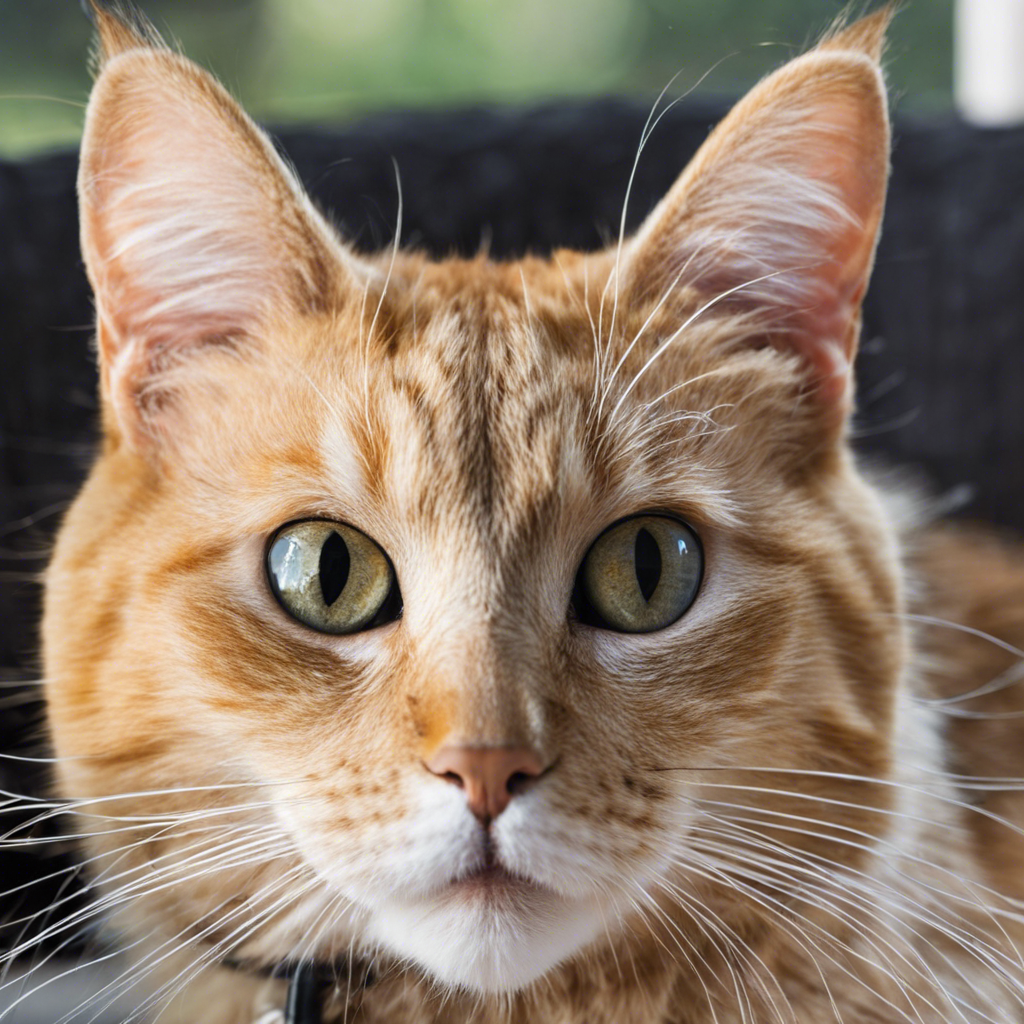Blind cats are incredible creatures that showcase resilience and adaptability, capturing the hearts of many. While they may navigate the world a little differently, they still face common health issues that all owners should be aware of. By understanding these challenges and implementing proper care, we can ensure our furry friends live long and happy lives.
One of the primary health concerns for blind cats is eye health. While they may have lost their sight, it’s crucial to maintain the overall well-being of their eyes. Regular veterinary check-ups are essential to monitor for any infections, injuries, or discomfort. Owners should also be vigilant about noticing any discharge, redness, or unusual behavior that may indicate eye pain or irritation.
Another challenge blind cats face is navigating their environment. They rely on their other heightened senses, such as smell, hearing, and touch, to create a mental map of their surroundings. As an owner, it’s important to maintain a consistent layout of furniture and objects in their daily spaces to help them move around confidently. Introducing new items should be done gradually so they can adjust and avoid injury.
Urinary tract infections (UTIs) are also common in blind cats and can be a result of stress, litter box issues, or underlying health conditions. Owners should be mindful of any changes in their cat’s litter box habits, such as increased frequency, difficulty urinating, or signs of pain. Regular veterinary check-ups can help identify underlying causes and provide treatment options.
Dental health is another area of concern. Blind cats may have a higher risk of dental issues due to difficulty grooming themselves properly. Owners should incorporate regular dental care into their routine, including daily brushing if possible, and provide dental treats or toys to promote healthy teeth and gums.
Managing weight is crucial for the overall health of blind cats. They may have a tendency to become less active, so it’s important to encourage exercise through play and provide a balanced diet. Regular weigh-ins can help owners monitor their cat’s weight and make necessary adjustments to their diet or exercise routine.
In addition to physical health, the mental well-being of blind cats is just as important. They can experience anxiety and stress, especially in new environments or when their routine is disrupted. Creating a calm and predictable environment, establishing a consistent daily routine, and providing plenty of comfort can help reduce their anxiety.
Owning a blind cat also comes with the responsibility of advocating for their special needs. Owners should be prepared to educate others about their cat’s condition and provide instructions on how to interact with them safely and respectfully. This can include explaining their cat’s abilities and limitations to visitors or providing guidance to pet care professionals.
Blind cats also face challenges in social interactions with other cats or pets in the household. They may have difficulty interpreting body language and cues, which can lead to misunderstandings and conflict. Supervised introductions and providing separate resources, such as food bowls and litter boxes, can help ease tensions and establish a harmonious relationship.
In multi-level homes, blind cats may struggle with navigating stairs safely. To prevent injuries, it’s important to block off staircases or provide guidance through scent markers or physical barriers that signal the presence of stairs. Teaching blind cats simple voice commands like “step up” or “step down” can also assist them in ascending or descending stairs.
Grooming a blind cat regularly is an important aspect of their care routine. In addition to maintaining their coat’s health and shine, grooming provides an opportunity for owners to perform a full-body check for any injuries, lumps, or skin irritations that their blind cat might not be aware of. It also helps stimulate their skin and improves blood circulation, contributing to overall well-being.
Last but not least, blind cats may face challenges in finding their food and water bowls, especially in a multi-pet household. It’s important to keep their feeding station in the same location and use bowls with distinct shapes or textures that they can recognize through their sense of touch. Using mats with a raised edge can also help guide them to their food and prevent spills.
As owners, we have the privilege of caring for these remarkable creatures and ensuring their health and happiness. By being proactive and providing the necessary support, we can help our blind cats live enriching and fulfilling lives despite their visual impairment. With proper care and understanding, they can navigate the world confidently and continue to bring joy to those around them.

